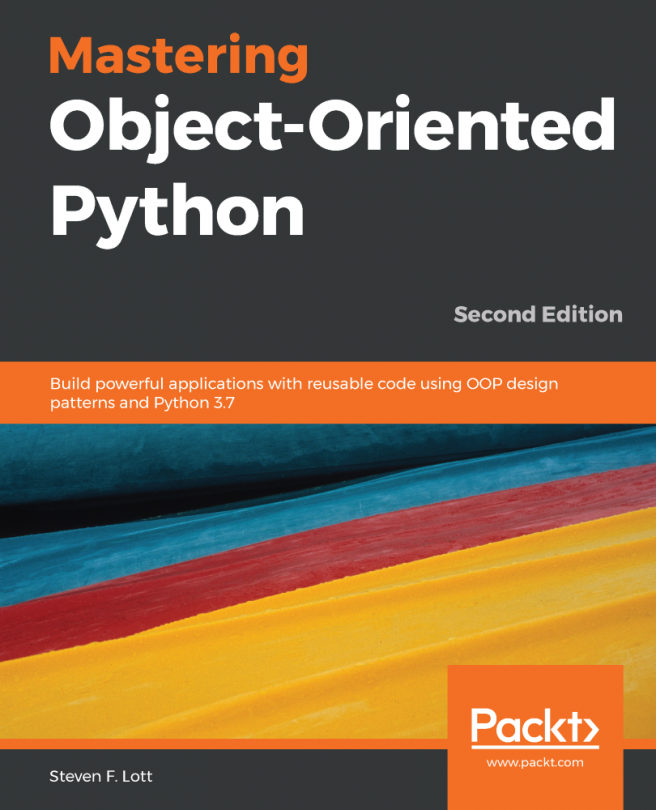Using reversed() to change the order
There are times when we need a sequence reversed. Python offers us two approaches to this: the reversed() function, and slices with reversed indices.
For example, consider performing a base conversion to hexadecimal or binary. The following code is a simple conversion function:
def digits(x: int, b: int) -> Iterator[int]:
if x == 0: return
yield x % b
for d in digits(x//b, b):
yield d This function uses a recursion to yield the digits from the least significant to the most significant. The value of x%b will be the least significant digits of x in the base b.
We can formalize it as follows:

In many cases, we'd prefer the digits to be yielded in the reverse order. We can wrap this function with the reversed() function to swap the order of the digits:
def to_base(x: int, b: int) -> Iterator[int]:
return reversed(tuple(digits(x, b)))Note
The reversed() function produces an iterable, but the argument value must be a sequence object...





























































